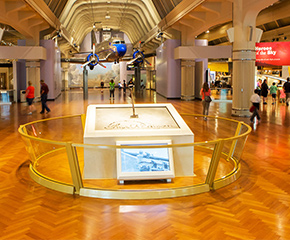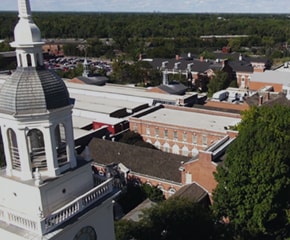Railroad Crossing Signal, September 1924
Add to SetSummary
Wigwag railroad crossing signals, named for the way they swung back and forth when activated, first appeared around 1914. Their waving action simulated the motion of a lantern being swung back and forth -- long a signal for "stop" on American railroads. Typically, wigwags were driven by a pair of electromagnets that alternately pulled and released the pendulum.
Wigwag railroad crossing signals, named for the way they swung back and forth when activated, first appeared around 1914. Their waving action simulated the motion of a lantern being swung back and forth -- long a signal for "stop" on American railroads. Typically, wigwags were driven by a pair of electromagnets that alternately pulled and released the pendulum.
Artifact
Photographic print
Subject Date
16 September 1924
Keywords
Collection Title
On Exhibit
By Request in the Benson Ford Research Center
Object ID
84.1.1660.P.189.2371
Credit
From the Collections of The Henry Ford. Gift of Ford Motor Company.
Material
Paper (Fiber product)
Technique
Gelatin silver process
Color
Black-and-white (Colors)
Dimensions
Height: 10.25 in
Width: 8.25 in





